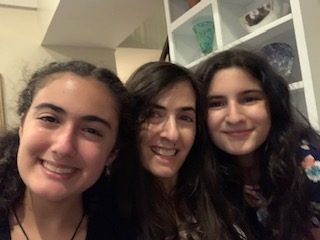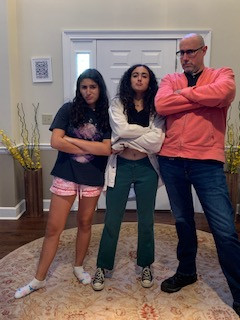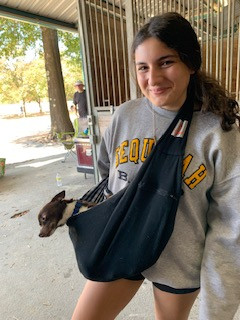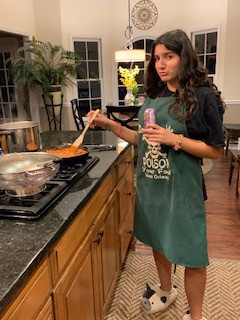Hold on… Isn’t this just a party?
There are two events on Saturday; the service which is followed by the party. The service is the reason for celebration…
1. What do bar and bat mitzvah mean?
Bar mitzvah means “Son of the Commandment.” Bat mitzvah means “Daughter of the Commandment.” B’nai mitzvah is the plural, meaning “Children of the Commandment” and would apply to more than one boy or a number of boys and girls as a group. B’not Mitzvah (Daughters of the Commandment) refers only to girls.
2. So you don’t really go to a bar mitzvah or a bat mitzvah?
That’s right. The term applies to a person, not an event. And, students don’t really “get bar/bat mitzvahed” and rabbis and cantors don’t “bar/bat mitzvah“ a student. A boy becomes a bar mitzvah and a girl become a bat mitzvah.
3. At what age does this happen?
Usually most boys and girls become bat or bar mitzvah around their 13th birthday. Different synagogues have different requirements.
4. Where does the service take place?
The service will take place at the Theater at Phase. The bar or bat mitzvah leads services with the rabbi from the bimah, the area from which the service is conducted (it’s never called a “stage”).
5. When does the service take place?
Bar or bat mitzvah services can take place on Saturday morning or Saturday evening. Our Sophia and the rabbi will lead services – Shabbat Mincha (afternoon) and a Havdalah service.
6. What happens during the service?
The bar or bat mitzvah student reads and chants in Hebrew from the Torah scroll and from the prayer book, and reads some prayers in English. The student will also deliver a speech that they have written about the Torah portion assigned for that weekend and explain how it applies to everyday life.
7. Does anyone else participate in b’nai mitzvah services other than the 13-year-old and the rabbi?
Yes.
Family members and close friends are given service honors such as reading Hebrew blessings, dressings the Torah, and sharing creating readings.
8. Can non-Jews participate in b’nai mitzvah services?
Yes. Because of the content of certain prayers or the meaning of certain customs, there are some exceptions that are determined by the rabbi.
9. How long are b’nai mitzvah services?
You can expect the service to last around an hour and a half.
10. Will I understand what’s going on with all of that Hebrew being used?
Not really.
The prayer books contain Hebrew and English. Programs are provided that explain what is happening in the service, and the rabbi will briefly describe to the congregation what is going to happen next in the service. Usually, while the Torah and haftarah portions are being chanted or read, you can follow along with the English translation.
11. When do I get to eat?
The service will be followed by a cocktail hour. Dinner will be served about an hour into the party.
12. What should I wear?
The Short Version
No jeans please.
The Long Version
Suits are always OK, but men can wear slacks with a button-up shirt and a pair of dress shoes. If you are part of the service and on the bimah, a suit is more appropriate. All men, regardless of their religion, should wear a yarmulke, the head cap. These will be provided as you enter the sanctuary if you don’t bring your own. Jewish men should wear a tallit (a prayer shawl). For the party, similar attire, minus tallits and yarmulkes, can be worn.
Dresses and skirts or a pair of slacks with a blouse are perfectly acceptable. Women can choose to wear a yarmulke.
13. Putting it all together
Becoming a bat mitzvah is a once-in-a-lifetime experience and represents a symbolic acceptance of a child into the adult Jewish community. It marks the beginning of a new stage in one’s Jewish life.










